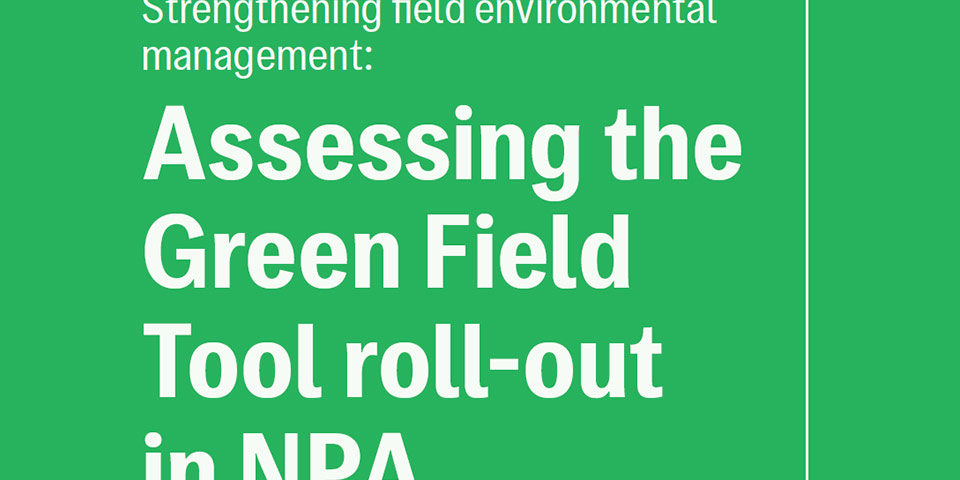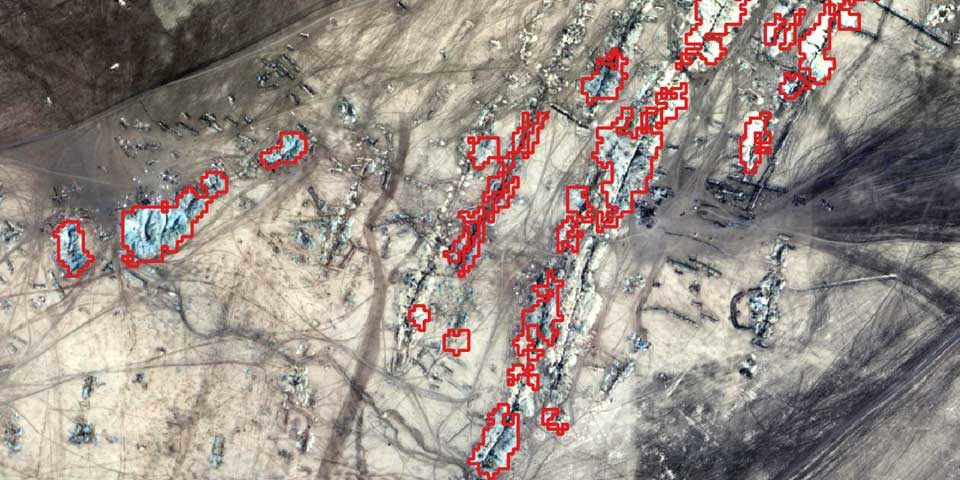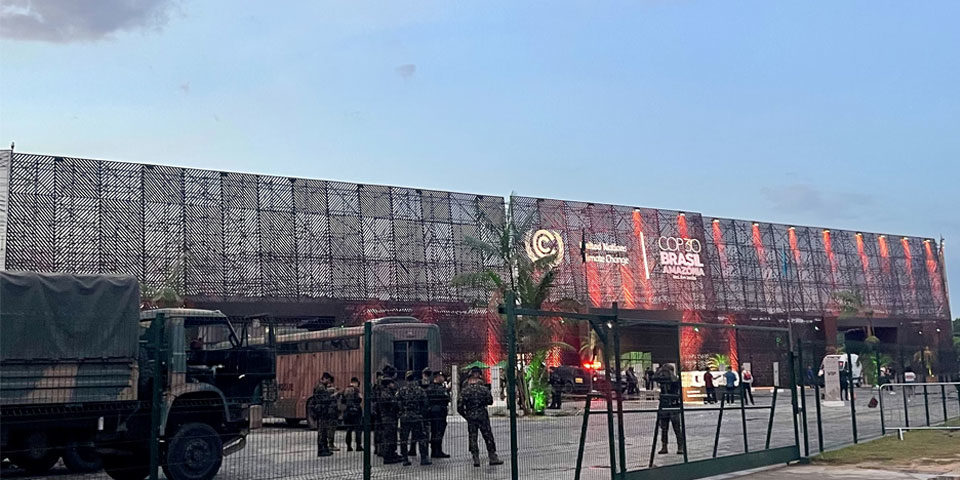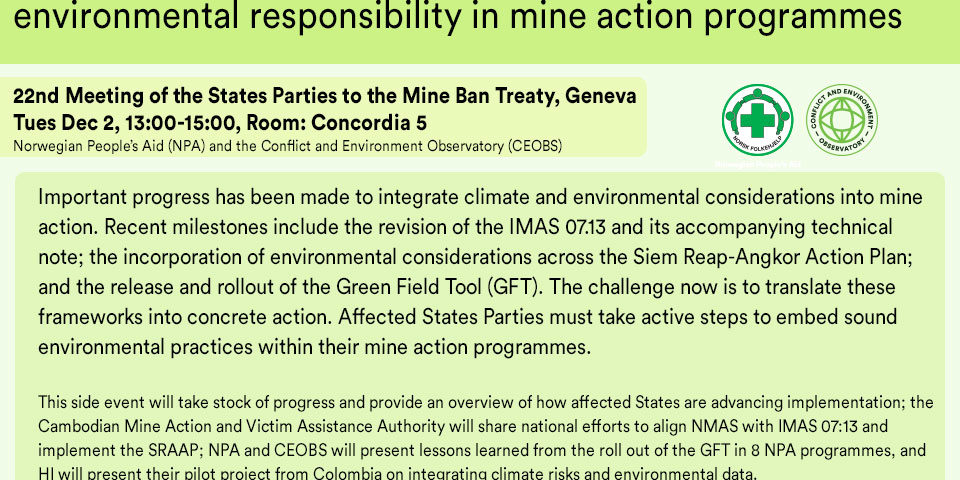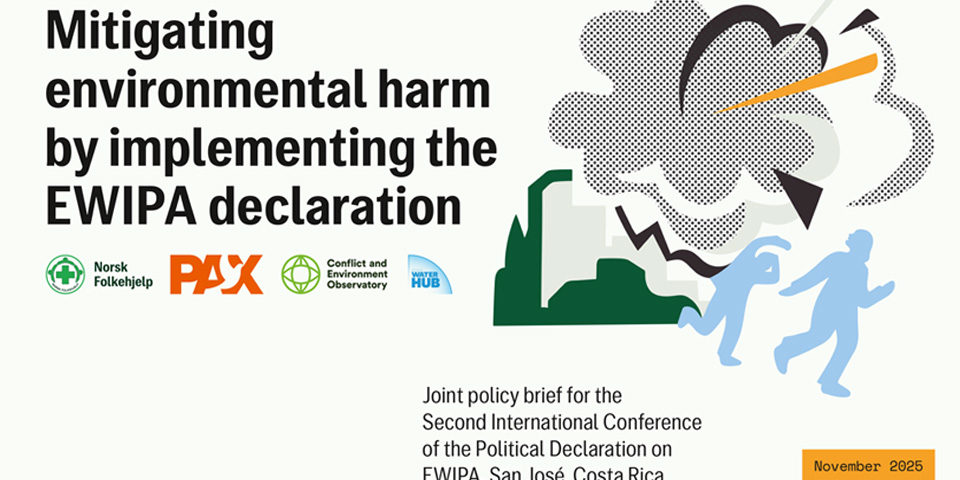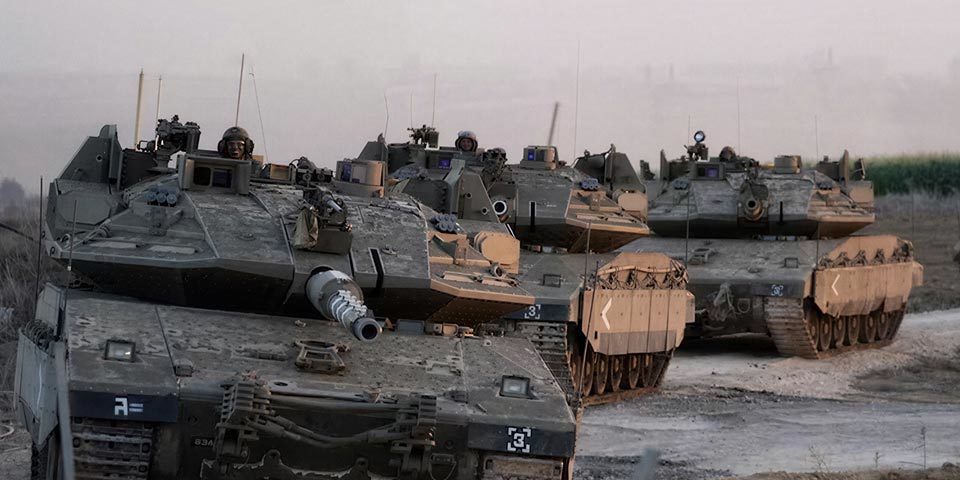Has the ICC just advanced accountability for wartime environmental damage?
The ICC has published a new policy on how environmental considerations can be integrated into its approach to humanity’s most serious crimes. Lydia Millar examines what the policy says, how it could contribute to accountability processes, and why it’s not the end of the story.



